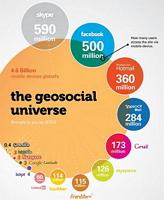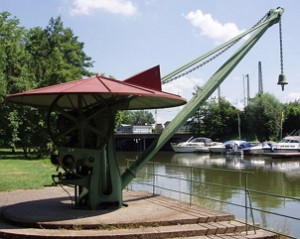 We love MOOCs. Using a Massive Open Online Course allows you to log-in from anywhere in the world and take part in some of the best tutorial and learning opportunities available from major centres of excellence.
We love MOOCs. Using a Massive Open Online Course allows you to log-in from anywhere in the world and take part in some of the best tutorial and learning opportunities available from major centres of excellence.
The Knight Centre for Journalism, at the University of Texas in Austin, U.S. is launching a six week course in January 2013 to foster a better understanding of Infographics.
Although primarily targeted at journalists, the course would enable anyone with an interest in project management, social research, evaluative assessment or needs analysis to develop skills in the area of making data more visually compelling.
Ideal for improving reports to funders, clients or helping to pitch that ‘argument’ for your upcoming project.
You can find out more about this on-line course and how to register on the Knight Centre web pages here.
For a very modest fee, over and above the free participation in the course, your can also get a certificate…mapping your Continuous Professional development trajectory?
If you do, the best of luck with your web participation.
(Image: Creative Commons
Jess3, geo-social networks visualised)

